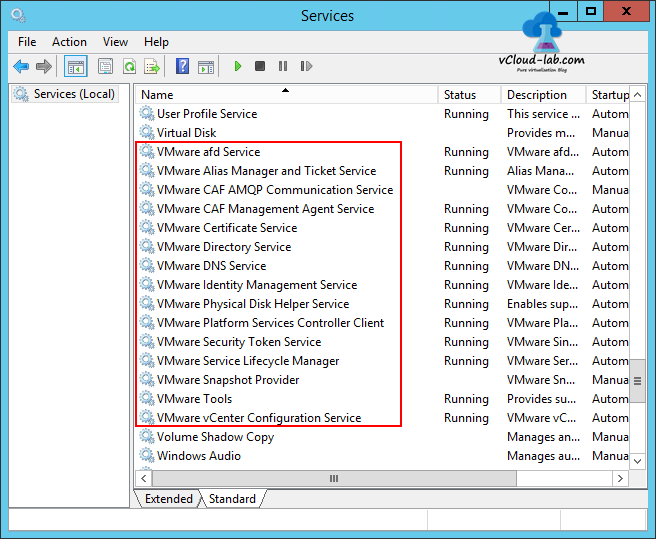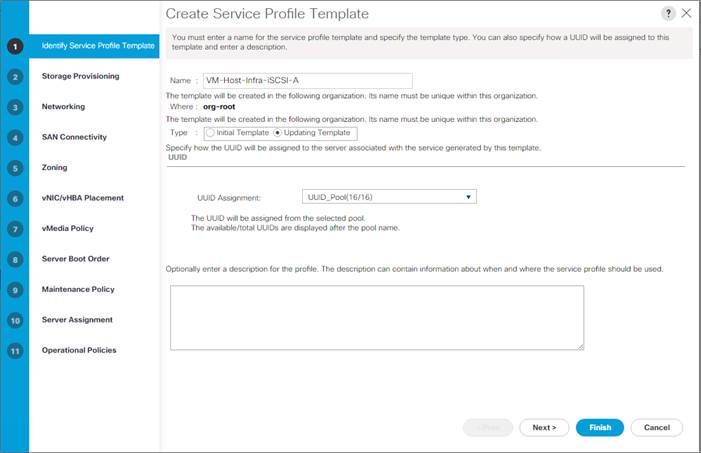

Open the vSphere Web Client and navigate to Administration > Deployment > System Configuration > Services. You can also setup their startup type to “manual” to prevent those services to start when the VCSA starts. Without much risk, you can stop services which you don’t use. Simply go to the VCSA console and Stop the vSAN Health Service:Įxplore VSAN from StarWind StarWind VSAN White Paper General services which can (possibly) be switched OFF. There are some services which you might not actually use? Do you use VMware vSAN? If not, we can disable the vSAN health service.

Which services are running within VCSA and which ones can we stop? But what we should have a look first is perhaps to stop services we don’t use as those services are using memory. If you increase (or decrease) the VCSA’s Memory size, each of the services is adjusted automatically. The “Tiny” deployment allows you to have up to 10 hosts and 100 VMs. When deploying VMware VCSA 6.5 in a lab you pick the “Tiny” option from the drop-down menu, but still, this configuration takes 10Gb of RAM from your underlying whitebox. This is a “don’t do in production” warning. Especially take the time to do the backup if you are not strong Linux skilled admin or if you’re learning things out.
Vmware vsphere 6.5 profile driven storage service full#
Usual precautions (snapshot, full backup….). Small disclaimer: You do that at your own risk, you won’t get VMware support.

Today we will have a look if we can do some optimizations and some “tweaks” to make it less memory hungry. This product is becoming very popular within VMware communities and it is very easy to setup. One of the large VMs, but most critical, is VMware vCenter Server Appliance (VCSA). Yes, it is the main purpose of those VMs after all. VMware VMs are getting memory hungry all the time and they are not “optimized” for Homelab use, but rather for production environments. The main challenge is always a memory utilization. It is sometimes a challenge, to squeeze as much RAM as possible from it. It is a good way to learn new technologies, be able to break things in a lab to get stronger skills. Many IT administrators or virtualization guys run their homelabs at home.


 0 kommentar(er)
0 kommentar(er)
